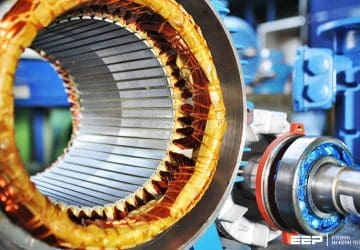8 most important definitions to quantify load diversity
The most vital, but often the last to be acquired, pieces of information for power system design are the load details. An important concept in load planning is that due to non-coincident timing, some equipment operating at less than rated load, and… Read more
Oct 31, 2014 | By Edvard Csanyi

Applications and characteristics of differential relays (ANSI 87)
Differential relays generally fall within one of two broad categories: Current-differential and High-impedance differential Current-differential relays are typically used to protect large transformers, generators, and motors. For these devices detection of low level winding-to-ground faults is essential to avoid equipment damage. Current… Read more
Oct 29, 2014 | By Edvard Csanyi
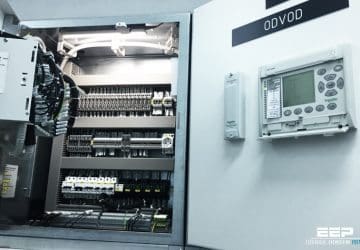
Automation Migration Strategy in 3 Phases
Owing to competitive pressures in the marketplace, a company often needs to introduce a new product in the shortest possible time. The easiest and least expensive way to accomplish this objective is to design a manual production method, using a… Read more
Oct 27, 2014 | By Edvard Csanyi

Guidelines to maintenance of low voltage switchboard
A well-executed maintenance program can provide the following benefits: Longer life of switchboard and fewer replacements; Reduced time on repairs and overhauls, and the option of scheduling them at an opportune time; Fewer failures with unexpected outages; Timely detection of any… Read more
Oct 24, 2014 | By Edvard Csanyi
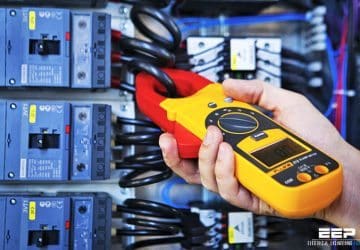
What NEC says about design constraints for grounding systems
Several key design constraints for grounding systems from the NEC are as follows. These are paraphrased from the code text: Ø Electrical systems that are grounded must be grounded in such a manner as to limit the voltage imposed by lightning, line… Read more
Oct 22, 2014 | By Edvard Csanyi

9 Most Common Power Quality Problems
The most common types of Power Quality problems are presented below along with their description, causes and consequences: Voltage sag (or dip) Very short interruptions Long interruptions Voltage spike Voltage swell Harmonic distortion Voltage fluctuation Noise Voltage Unbalance Description: A… Read more
Oct 20, 2014 | By Edvard Csanyi

Let’s analyse phase-to-earth faults in a single-incomer power system
Power-system protection should detect faults and isolate the faulty parts of the power system while keeping the fault-free parts in operation. Protection units are chosen according to the power-system configuration (parallel operation of generators or transformers, loop or radial power system,… Read more
Oct 17, 2014 | By Edvard Csanyi
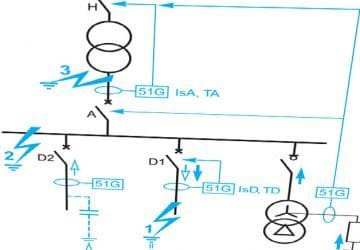
18 key terms defined in NEC system grounding requirements
The topic of system grounding is extremely important, as it affects the susceptibility of the system to voltage transients, determines the types of loads the system can accommodate, and helps to determine the system protection requirements. The system grounding arrangement… Read more
Oct 15, 2014 | By Edvard Csanyi
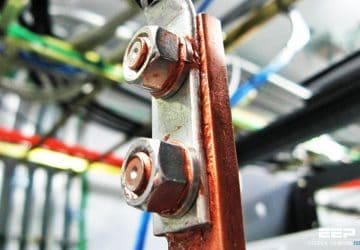
14 energy-efficiency improvement opportunities in pumping systems
Pump systems consist of pumps, driver, pipe installation and controls (such as ASDs or throttles) and are a part of the overall motor system. Below some of the energy efficiency opportunities for the pumping system are presented. Also, American Society… Read more
Oct 13, 2014 | By Edvard Csanyi
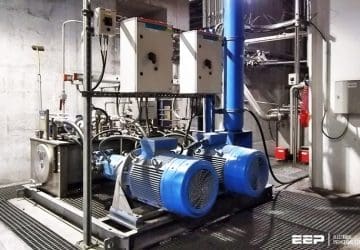
An example of the effectiveness of directional overcurrent relays (ANSI 67, 67N)
When fault currents can flow in more than one direction with respect to the load current it is often desirable to determine which direction the fault current is flowing and trip the appropriate devices accordingly. This is usually due to the need… Read more
Oct 10, 2014 | By Edvard Csanyi
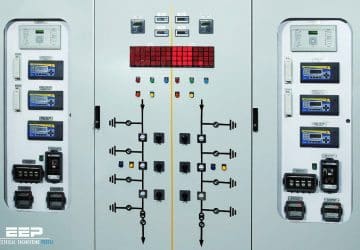
Applications and characteristics of overcurrent potection relays (ANSI 50, 51)
Overcurrent relays are the most commonly-used protective relay type. Time-overcurrent relays are available with various timing characteristics to coordinate with other protective devices and to protect specific equipment. Instantaneous overcurrent relays have no inherent time delay and are used for fast short-circuit… Read more
Oct 08, 2014 | By Edvard Csanyi
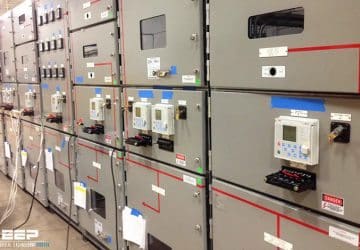
What Is Earth And Why And How Do We Connect To It?
The thin layer of material which covers our planet – rock, clay, chalk or whatever – is what we in the world of electricity refer to as earth. So, why do we need to connect anything to it? After all,… Read more
Oct 06, 2014 | By Edvard Csanyi
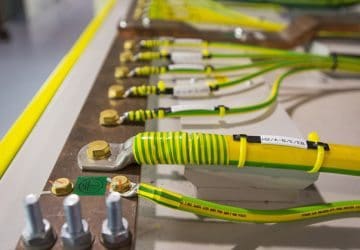
Rating Definitions Applied to Medium Voltage Fuses
The definition of low voltage fuses is equally applicable to medium voltage fuses. Medium voltage level is defined by standard ANSI C84 as containing standard system voltages from 2400 through 69,000 V, and the high voltage level contains standard system voltages from… Read more
Oct 03, 2014 | By Edvard Csanyi
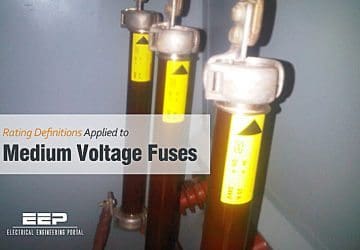
Energy Efficiency Aspects of Electric Motors
Three-phase squirrel-cage induction motors comprise a considerable percentage of the electrical load in the United States. Design, operation, and maintenance of these machines is well described in some of the articles already published. This article focuses on their energy efficiency aspects…. Read more
Oct 01, 2014 | By Edvard Csanyi
